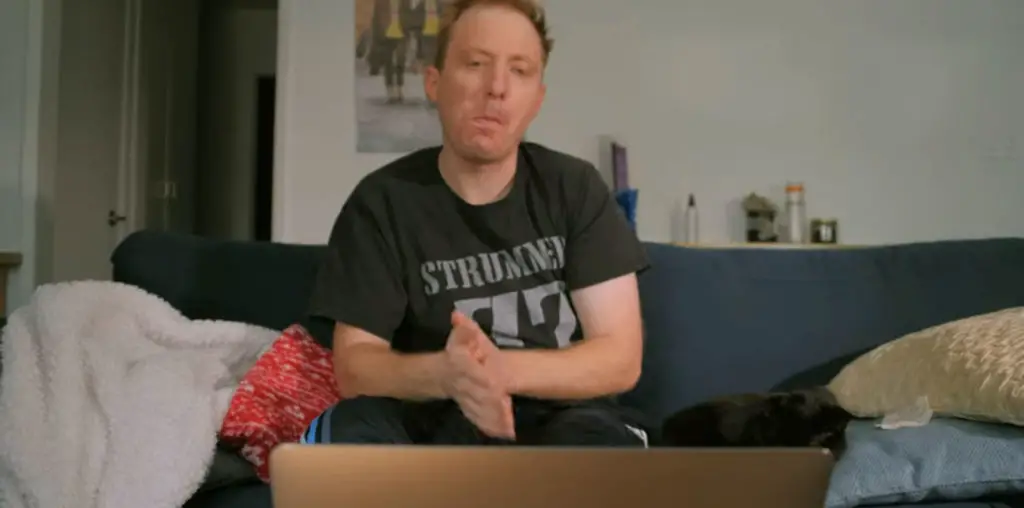
It goes without saying that Jerry Bruckheimer’s sweeping claim that Armageddon director Michael Bay is the David Lean of this generation is, at the very least, ridiculous, but such a statement is rendered all the more idiotic when revisiting one of the late master’s defining works, 1962’s Lawrence of Arabia. To give Bay the (charitable) benefit of the doubt, his upcoming WWII drama Pearl Harbor could very well be a terrific film. But if the trailers are any indication, that film appears to fall under common contemporary misappropriation of the “epic” label by any film with a “large” look.
Size and scope of production is but one factor in a true epic film, as Lawrence illustrates. Certainly, the film features some of the most breathtaking widescreen images of the desert ever photographed (by cinematographer Freddie Young); Maurice Jarre’s famous score is appropriately grandiose; and the pushing-four-hours run time more than satisfies any notions of “epic” length. But all of these are trimmings to the seemingly paradoxically intimate story of a larger-than-life legend–T.E. Lawrence, the British officer who united the Arab tribes to combat the forces of the Turkish Empire. For all the stunning shots of windswept dunes and battle sequences featuring a cast of hundreds, this is the study of a man in deep conflict: between two cultures, and also between his mission as savior and his surprising, savage bloodlust. Then-screen newcomer Peter O’Toole navigates the complex nuances of the still very enigmatic man with precision, and his Academy Award-nominated performance leads a stellar ensemble that includes the likes of Alec Guinness, Anthony Quinn, and another then-unknown, Omar Sharif.
Only the latter two play much of a role in the centerpiece feature of Columbia’s limited edition two-disc set, a one-hour documentary that traces Lawrence’s history from conception to the 1989 theatrical restoration. Talks of varying length with a number principal players in the production, including Lean himself in an interview from 1989, are interwoven in this succinct and informative program. Other extras skew less toward the film’s making than marketing and promotion. The text of the original souvenir booklet is reproduced in a special insert. On the disc, newsreel footage from the film’s New York premiere is included along with four little “making-of” featurettes, three of which presumably ran in theatres preceding or during the film’s initial release. The original 1962 trailer is also here, and it’s a bit disarming to see it not only in such worn, scratched-up shape, but also in an incorrect aspect ratio (the “L” of “Lawrence” and the last “A” in “Arabia” are cropped from the sides).
Compared to that trailer, the bright and beautiful transfer of the actual film is all the more dazzling. Whether or not it was meant to be so lovely is up to debate; Robert A. Harris, who worked on the 1989 restoration, has publicly gone on record to say that the DVD image looks too good. Issues of artistic integrity and correctness aside, the gorgeous picture befits the aesthetics of the package, which houses the two discs in a nice book-like container.
One feature that does not fit in, however, is “A Conversation with Steven Spielberg,” which in its eight minutes fails to offer anything that couldn’t be gleaned from the presence of his name in the ’89 restoration “special thanks” credit: he’s a big fan of the film. So are millions of other people, thank you very much.
Specifications: 2.20:1 anamorphic widescreen; English 5.1 Surround; English, French, Spanish, and Portuguese Dolby Surround; English, French, Spanish, Portuguese; Chinese, Korean, and Thai subtitles; English closed captioning; DVD-ROM features.
